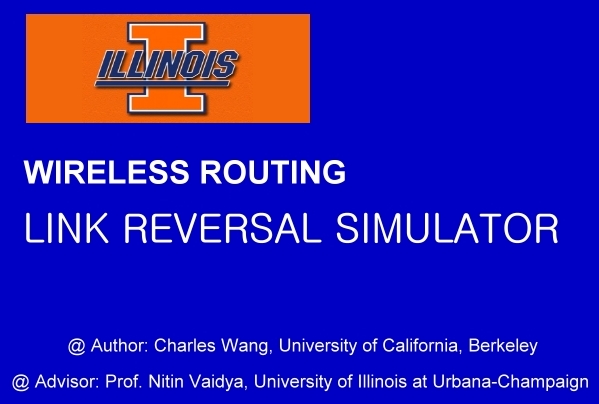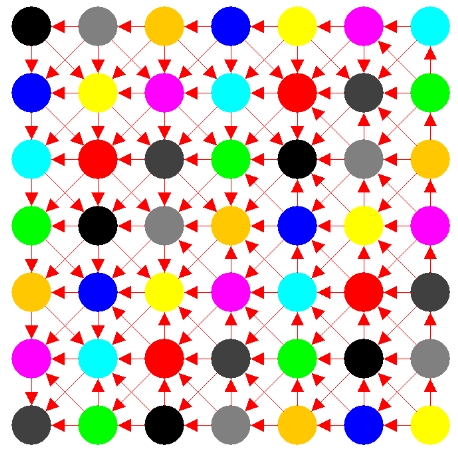Android Phones & BSN Systems Developing


I was engaged in Ruzena Bajcsy’s Body Sensor Network Lab through UC Berkeley REU Undergraduate Research Program. My research includes development of BSN systems for monitoring and analysis using wearable sensors, primarily focused towards health applications. WAVE and CalFit are our most important focuses. WAVE is an API for the Google Android OS which aims to provide easy management of wireless body sensor networks and functions for analyzing body sensor data. With WAVE, users will be able to quickly develop BSN applications for mobile devices using Android OS. CalFit is an Android application for monitoring and encouraging physical activity and fitness by incorporating social networking and competition. It will be released to the public for beta testing in the near future.
IEEE Explore Link
IEEE Computer Society Link
Body Sensor Networks Paper
Thinking of Security


As undergraduate research plays an important role in the educational experience and provides practical skills for future employment and graduate school, in Spring 2011 I joined the TRUST Scholars Program, a paid academic-year undergraduate research experience for students in the college of Engineering at UC Berkeley. I studied brain/machine interface and cyber security topics under John Chuang from School of Information. Our group hopes to have a solid discovery and even a paper published at the end of 2011. Our project is titled “Thinking about Security”. This multidisciplinary research project studies individual decision-making in security and privacy. The project is itself very exciting. We design and develop system to collect and analyze brain-wave and other bio-feedback signals of subjects performing security tasks. From this project, we learn about not just computer security, but also brain-machine interfaces, signal processing, behavioral economics, neuroscience, and experimental design.
Presented @ USEC '13 at Okinawa, Japan Paper | Presentation
TRUST Poster PDF | Powerpoint
Media Coverage News 1 | News 2 | News 3 | News 4 | News 5 | News 6 | News 7 | News 8
NASA's Smart Buildings & Space Exploration

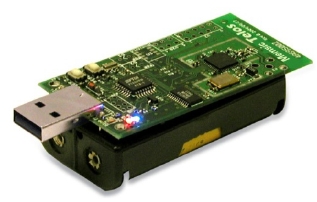
Along with advisor Alice Agogino, a group of Berkeley undergraduate and graduate students joined collaboration with NASA in summer 2011. Wireless sensor networks along with sensor fusion for prognostics, diagnostics and failure recovery is critical for space exploration and environmental/machine monitoring. Our group intends to build on NASA’s experience with a domestic test bed in Sustainability Base that leverages the versatility of wireless sensor and actuator network technologies, to create a wireless networked lighting system for the green building that accounts for both energy efficiency and user satisfaction. This actuator/ sensor network platform can then be extended to new domains such as space vehicles or space-habitats.
Smart Lighting Report Report
Nuclear Forensics and Jurisprudence

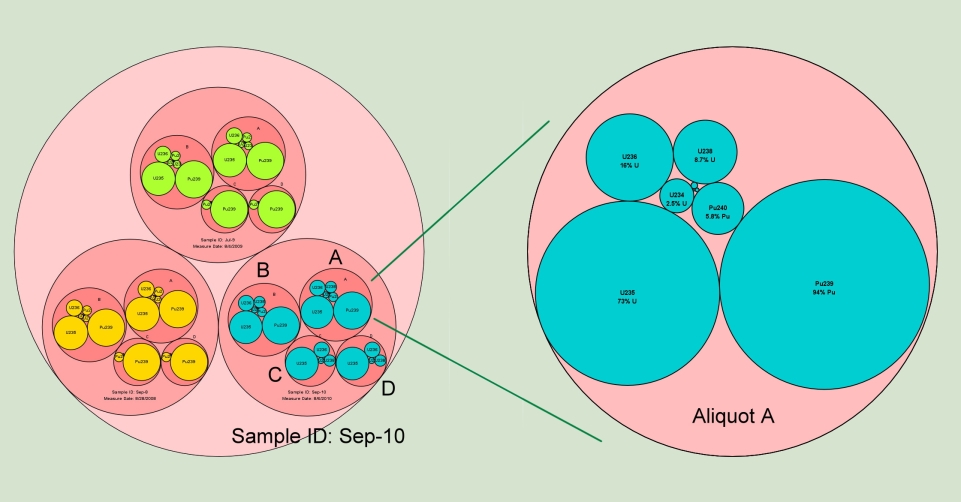
Visualization can play an important role in the successful prosecution of smugglers of interdicted nuclear materials. Nuclear forensics (the tracing of the source of interdicted materials) is grounded in the science of radioactive decay and those scientific databases which have been developed over the past century on nuclear materials properties. However in a court of law and when working with non- technical law enforcement officials, the process of nuclear isotope decay over time needs to be carefully explained. Most visual presentations of the decay process are static, and those few available dynamic visualization efforts are incomplete. I present new methods for describing and visualizing the dynamics of radioactive decay which capture the radioisotope interaction between initial isotopic state (e.g. some fixed amount of Uranium or Plutonium) and subsequent daughter isotopes which appear and follow their own separate process of nuclear decay. As an example, temporal sequenced pie charts can vividly display quantitative decay amounts over time periods from months to millennia. Multiple approaches to visualize the radioactive decay process are presented and the advantages and disadvantages of each are discussed.
Presented @ EVIA '13 at Tokyo, Japan Paper | Summary
Presented @ JCDL '13 at Seatle, USA Paper | Poster | Presentation
Presented @ ASSIST '14 at Tokyo, Japan Paper | Poster
UC Berkeley Seminar Talks Paper | Presentation
Electronic Light Sensor Siren Synthesizer (EE40 Final Project)

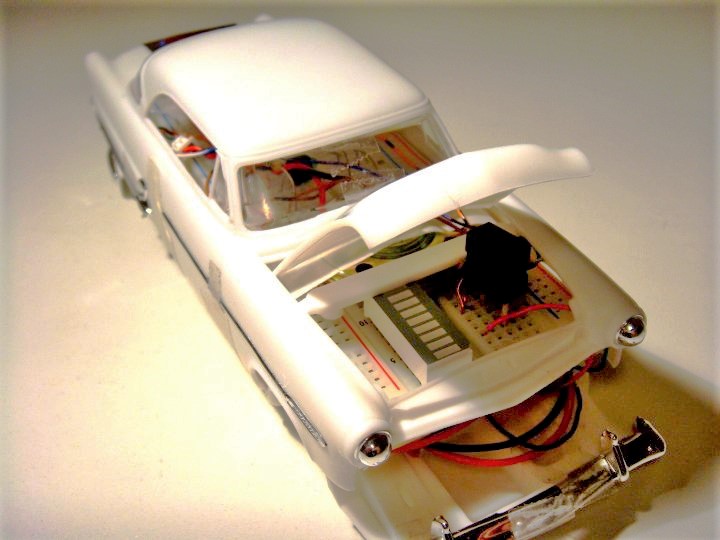
Our project is inspired by a Japanese science book called Electronic Circuit Design. On page 94 it describes the application of a light dependence resistor on a common toy: a bird which sings a song when illuminated. The key idea behind the circuit is the use of a cadmium sulfide (CdS) cell, a light dependent resistor which varies its resistor value depending on the intensity of the illuminating light. Thus, we can apply this property to achieve our objective: use light as source to determine the behavior of our device. We use the concept from LAB4 of using resistors and capacitors to control timer circuits to synthesize frequencies used in sirens. The 555 Timer is our most important component, as the clock on and off rate can be set by different values of capacitors and resistors. Behind it is the RC circuit, which has charging and discharging periods that determine the clock on and off periods of the timer circuits. Since the CdS cell varies its resistance based on the amount of light it receives, the capacitor charging and discharging time will vary based on the amount of light the CdS receives. The 8-pin 555 Timer will generate a voltage with frequency based on the capacitor charge and discharge time and this varying voltage will be the input to the speaker, so the varying resistance value will create varying frequencies emitted by the speaker. Finally, we put our circuit bread board inside a car model. More light illuminating the car will cause it to sing with higher frequency. This is because more light decreases the CdS resistor value, and we will show that this decreases the capacitor charging time, which results in a lower frequency.
Final Report Paper

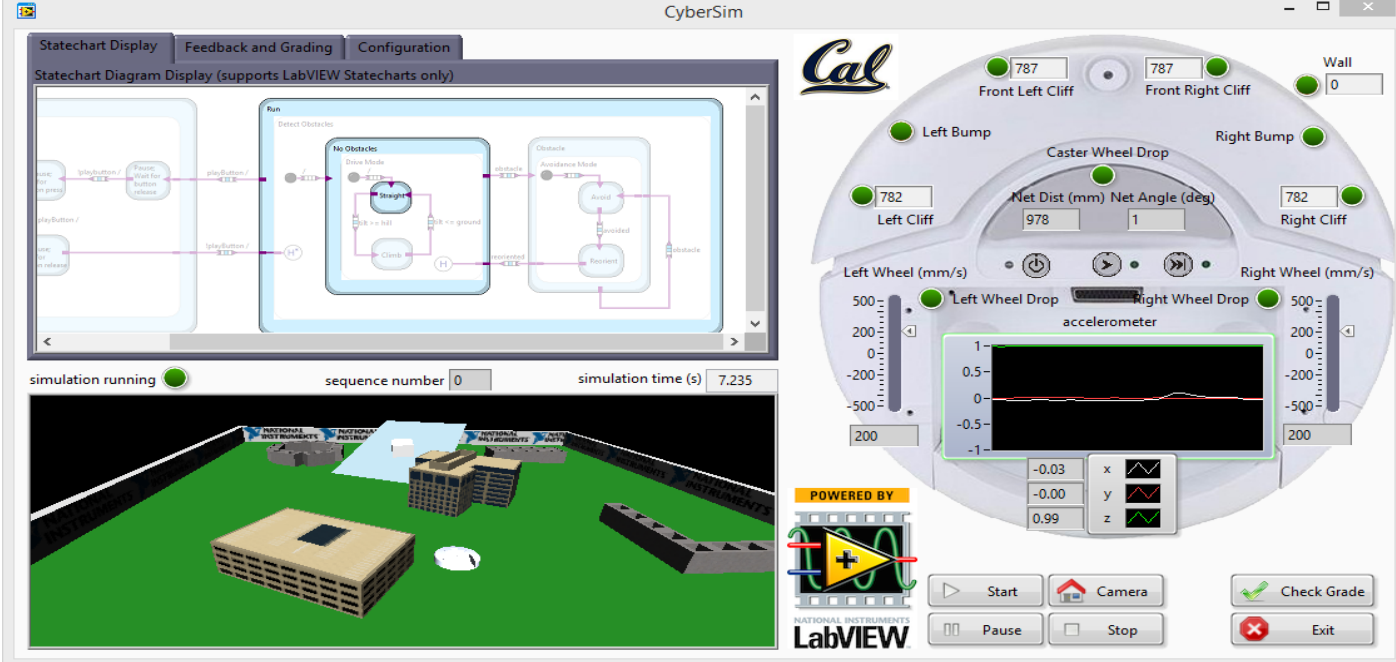
The EECS149 embedded systems laboratory course offered at University of California, Berkeley employs a custom mobile robotic platform called the Cal Climber. The Cal Climber is based on the commercially-available iRobot Create (derived from the iRobotRoomba autonomous vacuum cleaner), and the National Instruments myRIO embedded controller. This off-the-shelf platform is capable of driving, sensing bumps and cliffs, executing simple scripts, and communicating with an external controller. In this lab-based course we demonstrated the composition of cyber-physical systems, where a robotics platform is modeled as a sub-system. We deployed a collection of sensors and actuators located beyond a network boundary and focused on the problem of model-based design.
Related Papers Paper 1 | Paper 2 | Paper 3 | Paper 4 | Paper 5 | Paper 6


